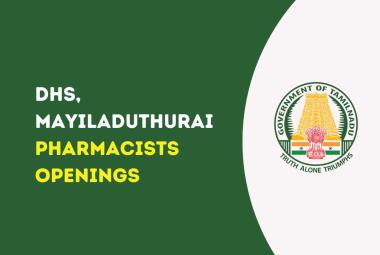Manufacturing inspections are one of the FDA’s most important tools for ensuring the quality of pharmaceutical products used by American patients. Inspections help us to identify manufacturing issues that could pose potential risks to patients, or problems that could contribute to drug shortages, enabling us to engage manufacturers to address and resolve issues.
[adsense:336x280:8701650588]
This New Inspection Protocol Project (NIPP) uses standardized electronic inspection protocols to collect data in a structured manner for more consistent oversight of facilities and faster and more efficient analysis of our findings. The protocols also include additional questions related to quality culture observed in facilities. The new tool is being applied to our inspectional work related to sterile injectable drugs, which have been the subject of sterility problems and shortages in the past. The primary focus of this new tool is to ensure a more streamlined and consistent coverage and reporting of our inspectional activities.
The first phase of NIPP was aimed at developing a protocol that could be used during aseptic processing surveillance and pre-approval inspections. Facilities using this processing technique to manufacture sterile drug products were a logical starting place because of the significant impacts on patient safety if the quality of drugs that are intended for sterile injection are compromised; and because of the challenges that we’ve had in recent years related to quality issues that have – at times – led to shortages of sterile, parenteral drugs. With better and more consistent oversight of these manufacturing facilities, we hope to be able to spot problems earlier and implement mitigation steps that can avert dangerous drug shortages.
Investigators who conduct aseptic processing drug inspections for sterile products have a lot on their plates. From climbing into a full-body sterile Tyvek suit with goggles to conduct a walk-through, to spending long hours observing aseptic techniques, to reviewing large volumes of data; these inspections take extensive precision, experience and dedication. The new protocols won’t change the role of the investigator – which continues to be collecting, evaluating, and documenting objective facts about the state of pharmaceutical quality of drug manufacturers. Our inspectors are the leading edge of our critical public health protection mission. The goal of the new protocols is to make that work more thorough and efficient. The protocols provide a more structured and informative tool for completing inspections.
The FDA conducted multiple pilots of the NIPP protocols to ensure that they would be consistent with current program objectives and integrate into the way investigators conduct inspections. Each new protocol version underwent extensive revision and refinement. Much of this work was based directly on feedback received from our investigators, compliance officers and reviewers who participated in the pilots.
The result is protocols that promote consistent and comprehensive coverage of critical areas of sterile drug manufacturing and provide structured, data-rich reports that can be used to quickly assess the state of quality in drug manufacturing facilities while maintaining flexibility for investigators to adapt inspections based on constraints such as time or the seriousness of violations. The structured protocol also makes it easier to analyze data to find anomalies and inform decisions that can reduce risks to patients.
These aseptic processing drug inspection protocols for sterile drugs are the first of what we plan to be a series of valuable new inspection protocols covering all dosage forms.







